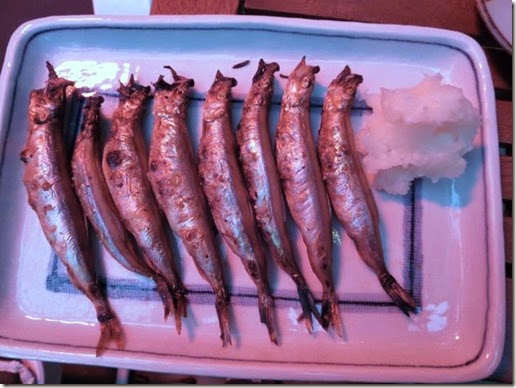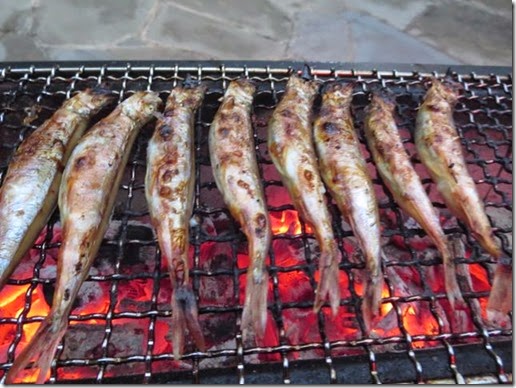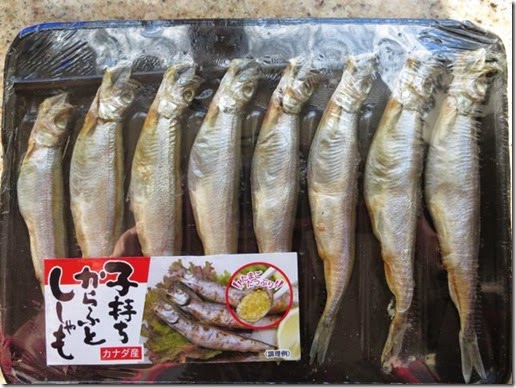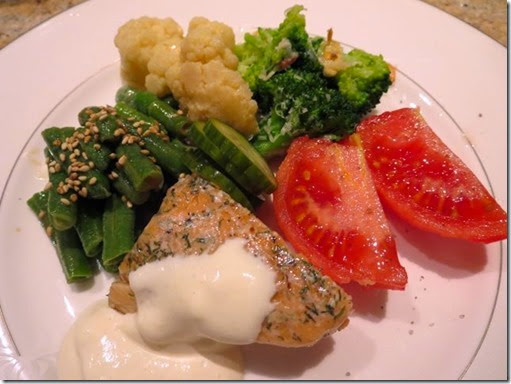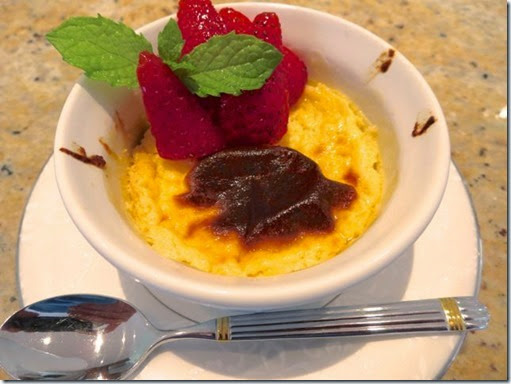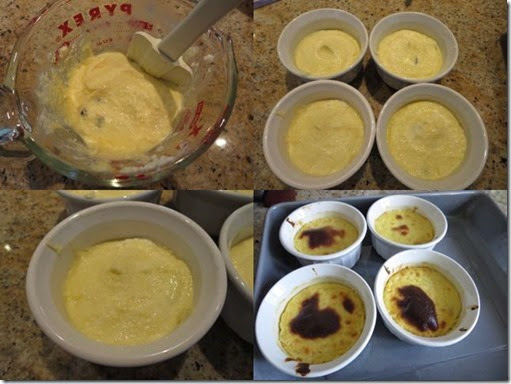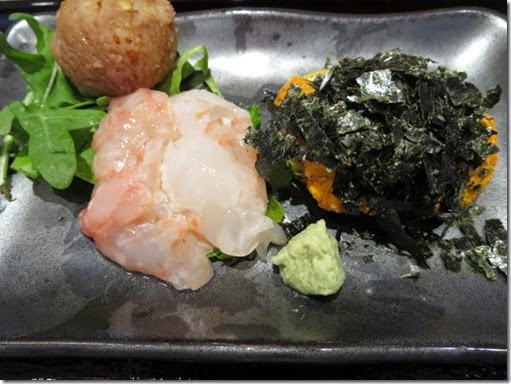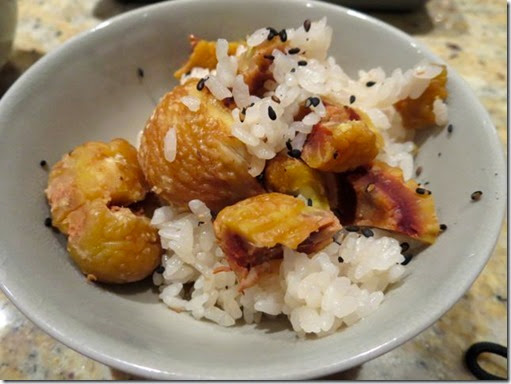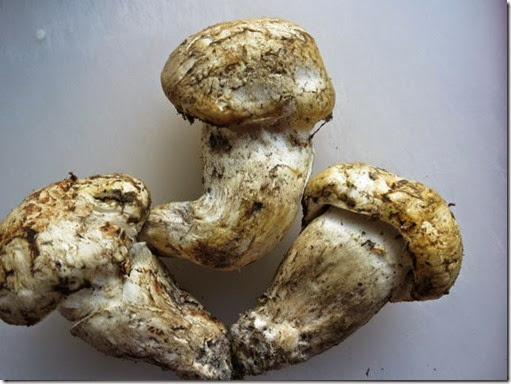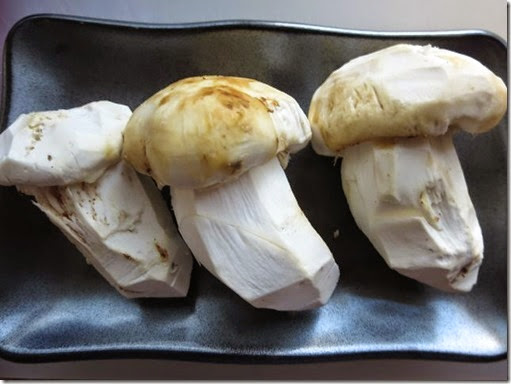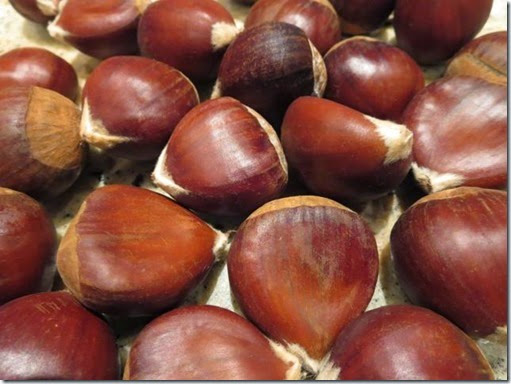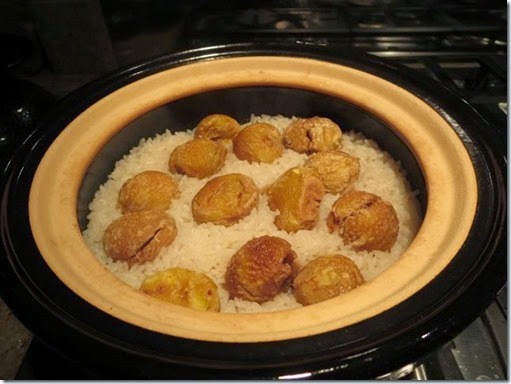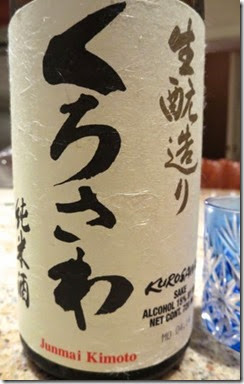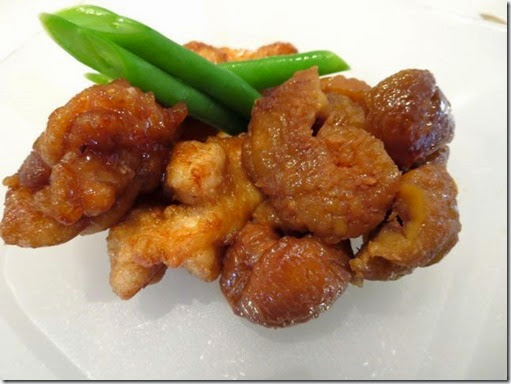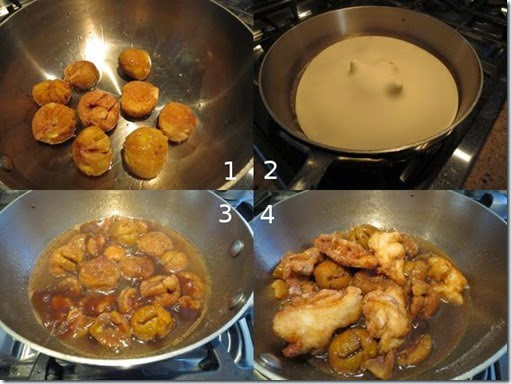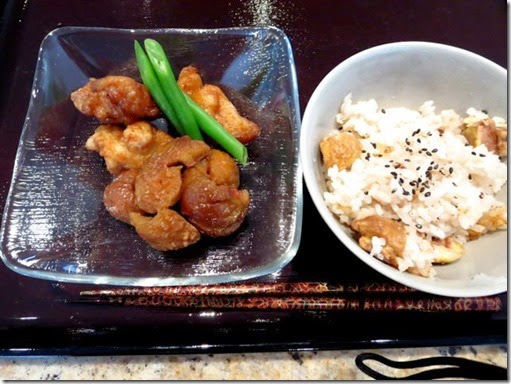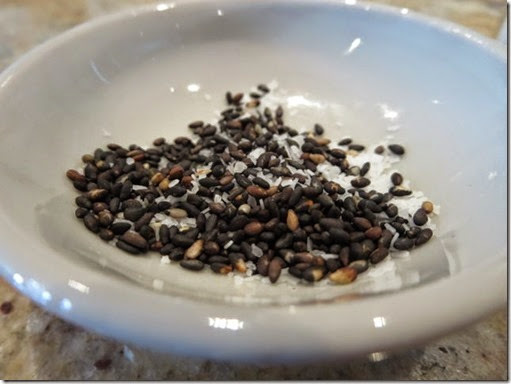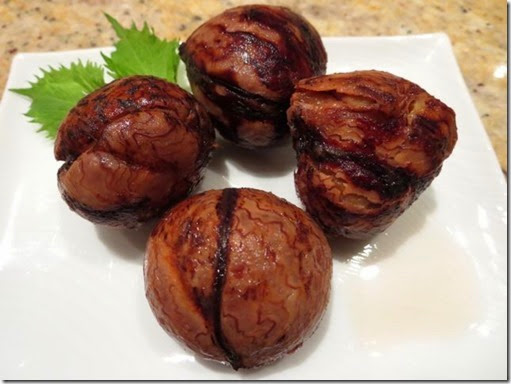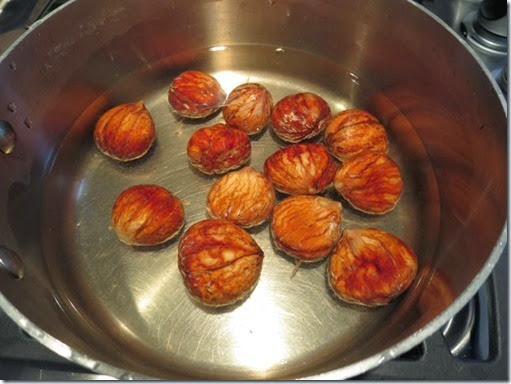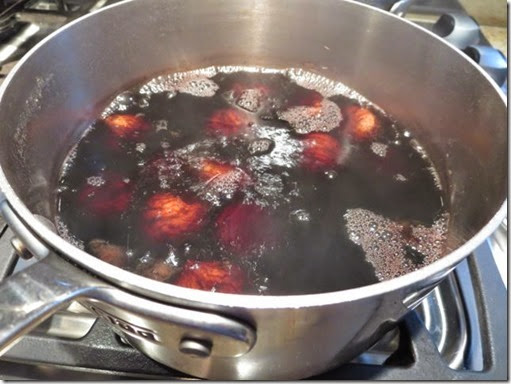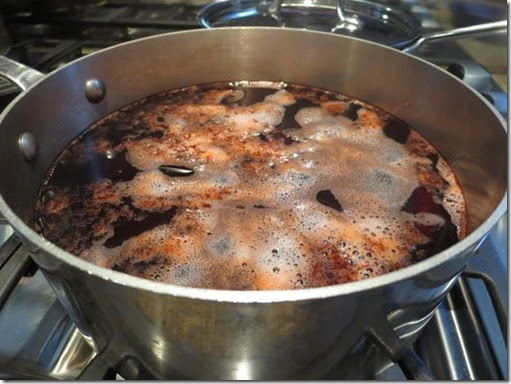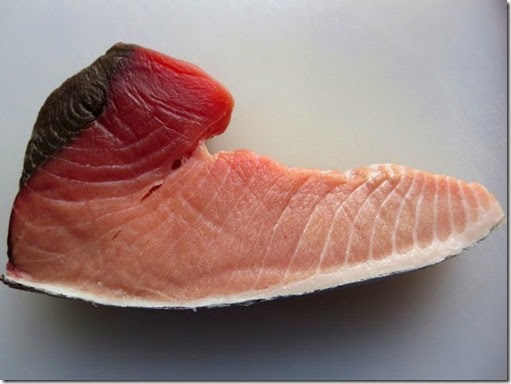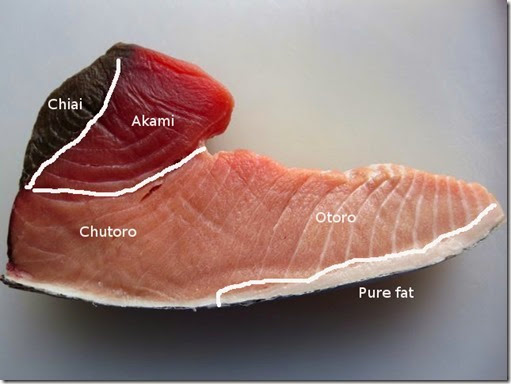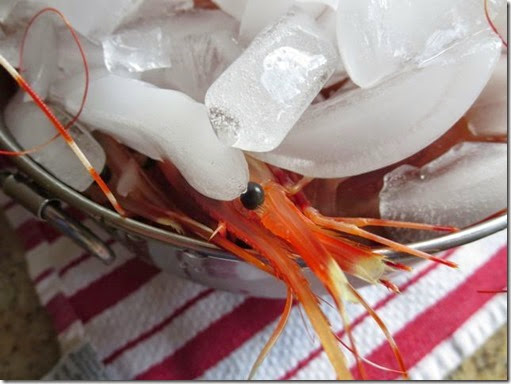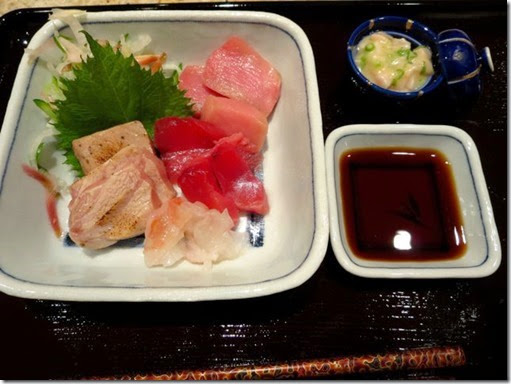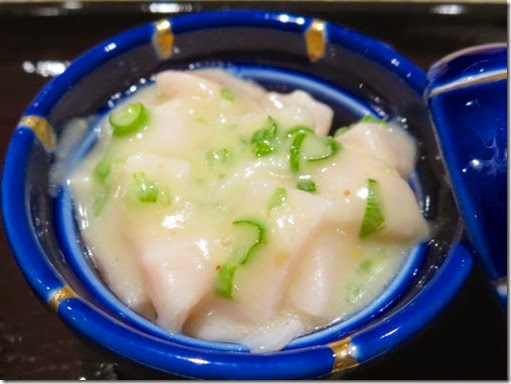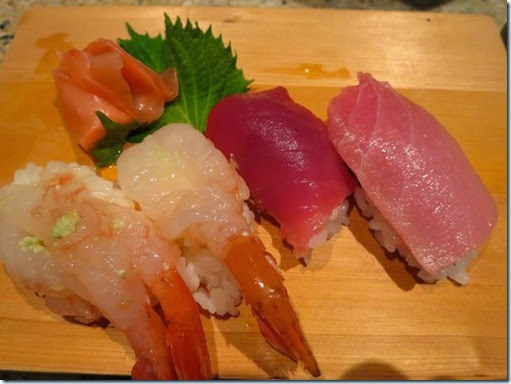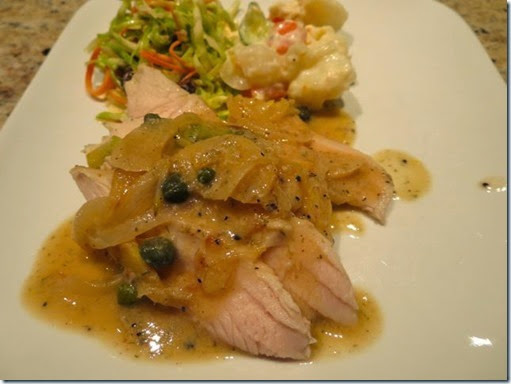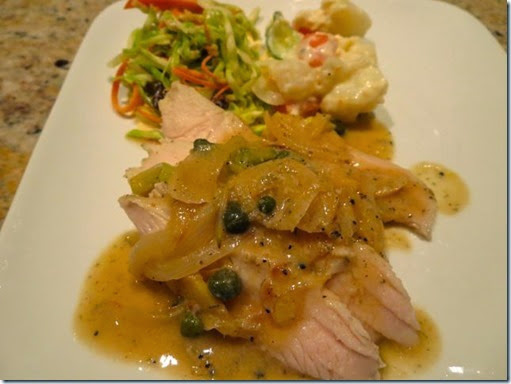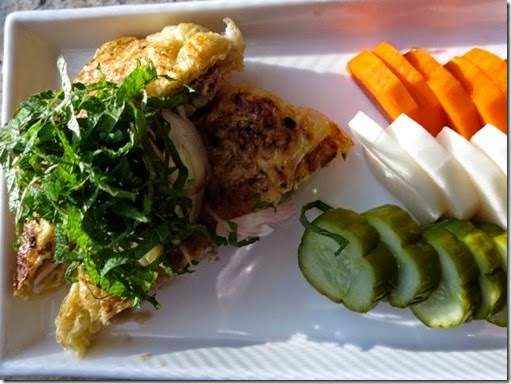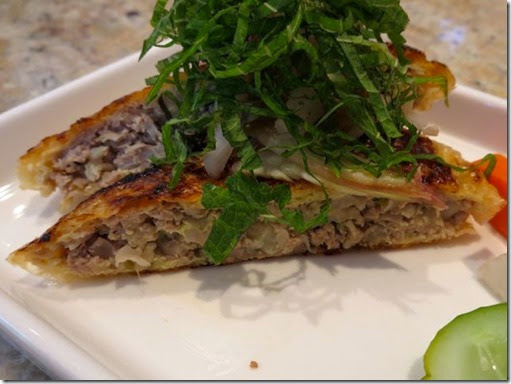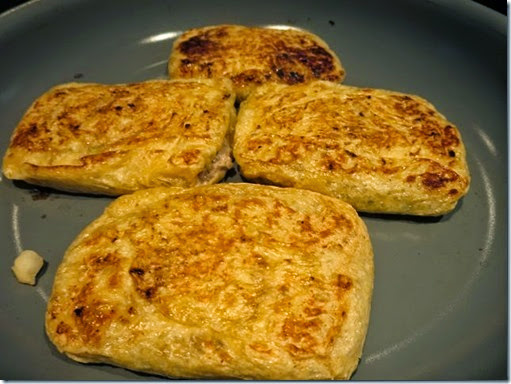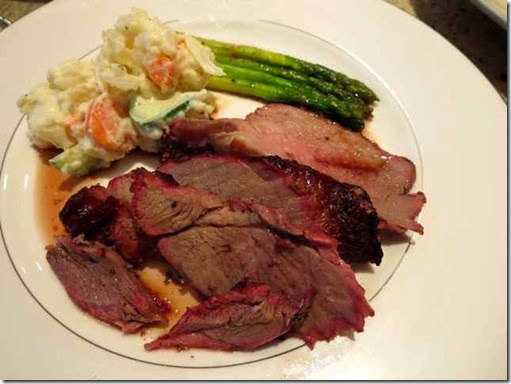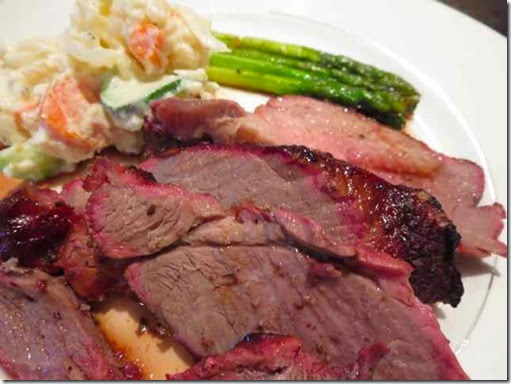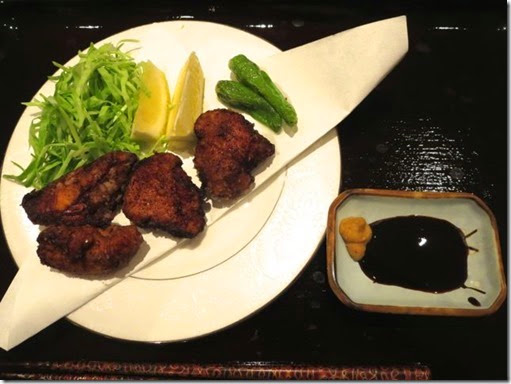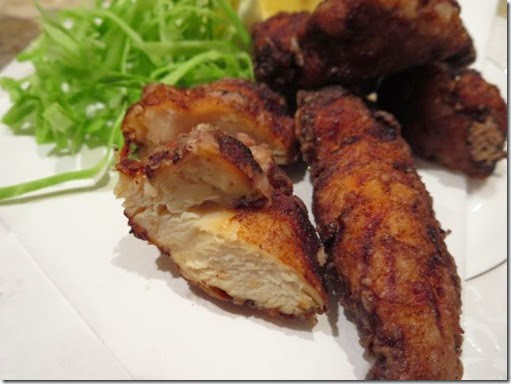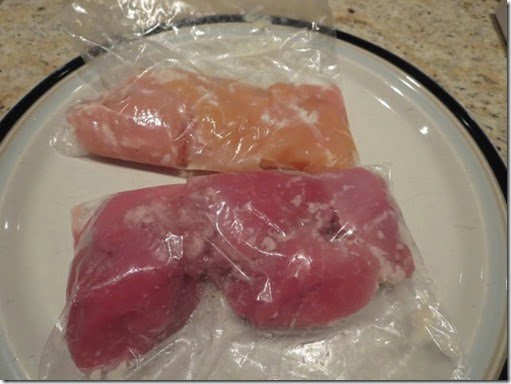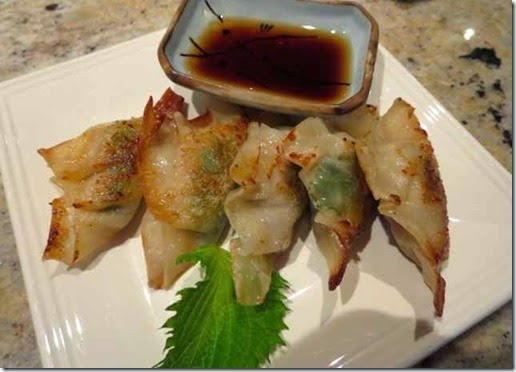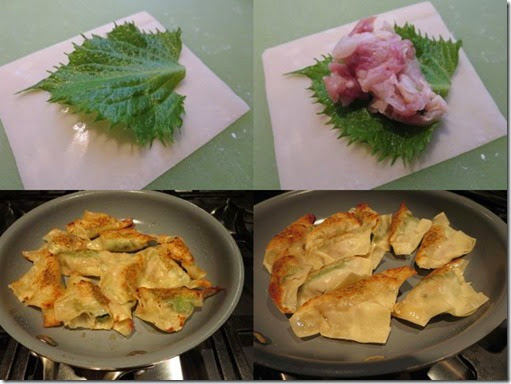As I posted previously, we regularly
barbecue whole chickens in our Weber grill. During the year, I made some improvements in how I cook the chickens which may warrant a new post. The picture shows a barbecued chicken hot smoked on the Weber grill. It has a nice mahogany colored crispy skin (The picture shows a missing patch of skin on the bird. This is because my wife attacked taking a piece of the crispy skin before I could snap the pic. I assure you the bird was perfection when it came off the grill). As usual, the cavity was seasoned with salt and pepper, lemon juice and stuffed with aromatic vegetables (onion, celery, garlic and sprigs of fresh rosemary). Olive oil was rubbed on the skin surface and seasoned with salt and pepper as well. The smoke came from hickory chips.
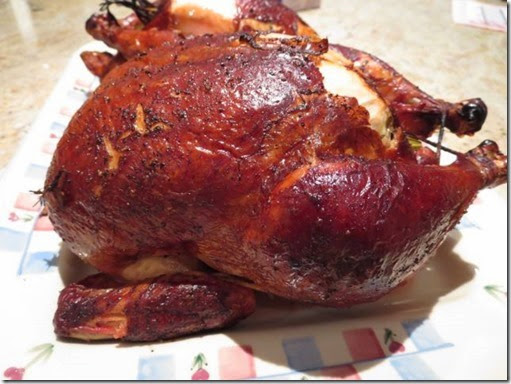
Here is my process of cooking whole chickens in
Weber Kettle.
Fire: We use hardwood lump charcoal instead of
briquettes because the lump charcoal is made of just wood and does not contain any other additives. It also burns much hotter than the briquettes. We used to start the charcoal with a chimney and paper which works fine but the smoke is rather pungent until the paper fully ignites the charcoals. Also the fire sometimes goes out before igniting the charcoals. In the past we have tried a variety of electric starters but none of them worked well enough for us to switch, that is until now. After reading the review and seeing
the video demonstration, we bought a
Looftliter (invented by Mr. Looft). It looks like an oversized hair curler or drier.

It starts a charcoal fire quickly but I often use indirect heat. If I started the fire using a large mound of charcoals, I would then have to divide the hot coals into the two indirect heat baskets which is not only hard to do but dangerous. I also tried putting charcoal in both baskets and starting the fire using the Looftlighter. This sort of works but with this method the fire starts from the top of the charcoals in a basket (it takes a long time for the fire to spread downward). Also starting the fire in two baskets means they may not be ready at the same time. So, for me, preparing charcoals in a
chimney starter remained the best bet. For the looflighter to work, I had to find a way to start the fire from the bottom of the chimney.
#1: I made some modifications to my old charcoal starter chimney. I cut a 1x2 inch window just above the grids separating the charcoal and bottom space for paper (The steel is rather thick, I used a
Dremel with a metal cutting disk blade). I fill the chimney with lump charcoal making sure some of the charcoal is easily accessible through the opening I made.
#2: I touch the tip of the looftlighter to the charcoal and press the switch. After 20-30 seconds, sparks start flying out rather spectacularly.
#3: I then pull the looftlighter back a little aiming at the cutout (hot air supplying oxygen works miracles). You can see the glowing charcoal in the picture. After 30 seconds to 1 minute you can see the neighboring charcoals are also ignited.
#4: I turn off the looftlighter and let the fire spread.
#5: After10-15 minutes, the charcoal in the chimney is fully ignited and ready to use. During the process, the amount of smoke is much less than using paper.
#6: I pour the ignited charcoals into the two indirect heat baskets just as I would have if I had used paper to start the fire (using heat resistant gloves). I then place the drip pan in the center between the baskets and place the grill over and I am ready to cook.
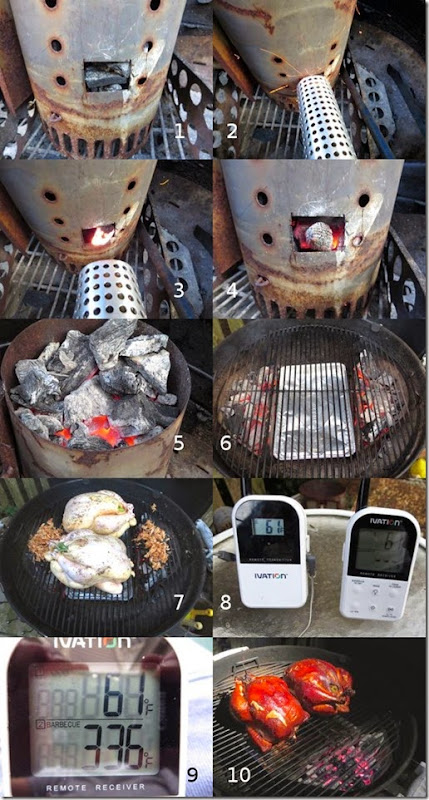
#7: I placed two trussed and prepared chickens in the center and mounds of presoaked hickory chips over the fire (or on the fire).
#8: Here is one more improvement I made. I am now using a
Ivation wireless thermometer which monitors the temperature of the Weber grill as well as the food (Two probes; one in the cavity of the Weber and the other inserted in the thigh near the hip joint but not touching the bone).
#9: Compared to a Bluetooth/Smartphone combination, the range of Ivasion is much longer which make it much more useful and practical. The only weak point of this thermometer is the user interface (UI ) (it is a typical incomprehensible Chinese UI). As you can see In the remote unit, I can monitor the temperature of the Weber as well as the food. Although I am not doing low temp smoking, the reason to monitor the temperature of the Weber grill is to prevent the skin from breaking and shrinking thus exposing the breast meat to the initial very high temperature (over 450F) if the air vents are fully open. This is a problem peculiar to hardwood charcoals which burn much hotter than briquettes. I open the air vents on the Weber gill lid only half way so that the temperature stays below 400F for the first hour. I then open the air vents fully for the last 30 minutes.
#10: This makes skin of the chickens rather intact and crispy.
As I said before, this is by far the best way to cook whole chicken. Even the breast meat come out moist and (for me) the dark meat is the best with juice dripping out as you cut it. (Also please note the fully intact mahogany skin the chicken had when it came off the grill before my wife got to it. One should not leave a chicken like this unguarded even for a second to do such things as retrieve a camera because it may attract the attention of all kinds of predators.)
So in conclusion, my tips for the good barbecued chickens using my Weber grill are;
1. Use Hard wood lump charcoal.
2. Start the fire using a modified chimney and looftlighter.
3. Monitor both food and grill temperature and start with relatively low grill temperature (below 400F) then for the last 30 minutes, open the air vents fully to make the grill hotter.
4. Hot smoke using pre-soaked aromatic wood chips (apple and hickory are our favorite).
5. Prepare chickens with aromatic vegetables and herbs (onion, celery, garlic, lemon, fresh rosemary or thyme) in the cavity. Generously season with salt and fresh cracked black pepper and properly truss.
